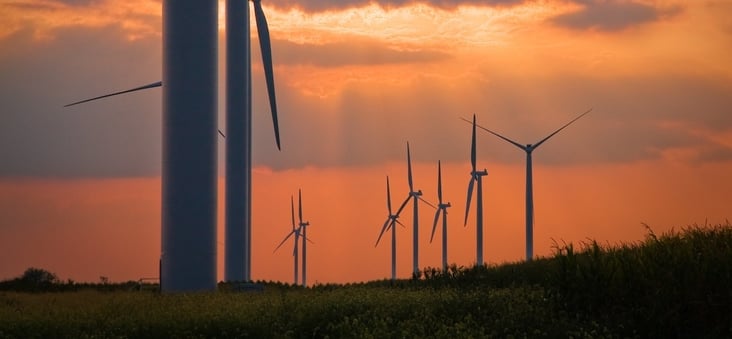This post is Part One of a two-part series on design of utility renewable energy tariffs. Part One addresses the needs of participating customers, and Part Two (next week) considers the needs of nonparticipating customers.

Followers of the advanced energy sector are, by now, very familiar with the trend of leading companies, cities, universities, and other organizations choosing to source their electricity from renewable energy. To date, the majority of renewable energy projects contracted to meet this demand have been in restructured states, where companies face few regulatory barriers to signing a power purchase agreement (PPA). That’s not to say, however, that states with traditionally regulated utilities are doomed to miss out on the headline-grabbing, job-creating, tax-income-generating benefits of corporate renewable energy deals. On the contrary, utilities in vertically integrated states are developing programs to allow voluntary renewable energy procurement, often termed renewable energy tariffs, or “green” tariffs. But the experience to date of these renewable energy tariffs has been mixed, with some failing to generate much interest from corporate purchase because of their cost or terms, and others questioned for their impact on utility customers who are not part of the program.
A recent policy brief from AEE and new report from AEE Institute consider best practices for design of renewable energy tariffs that meet the needs of both corporate participants and for other utility customers. This post explains what we mean by “renewable energy tariffs,” and walks through the needs and preferences of corporate participants. Next week’s post will dive into detail on designing programs with all customers in mind, including nonparticipants.



